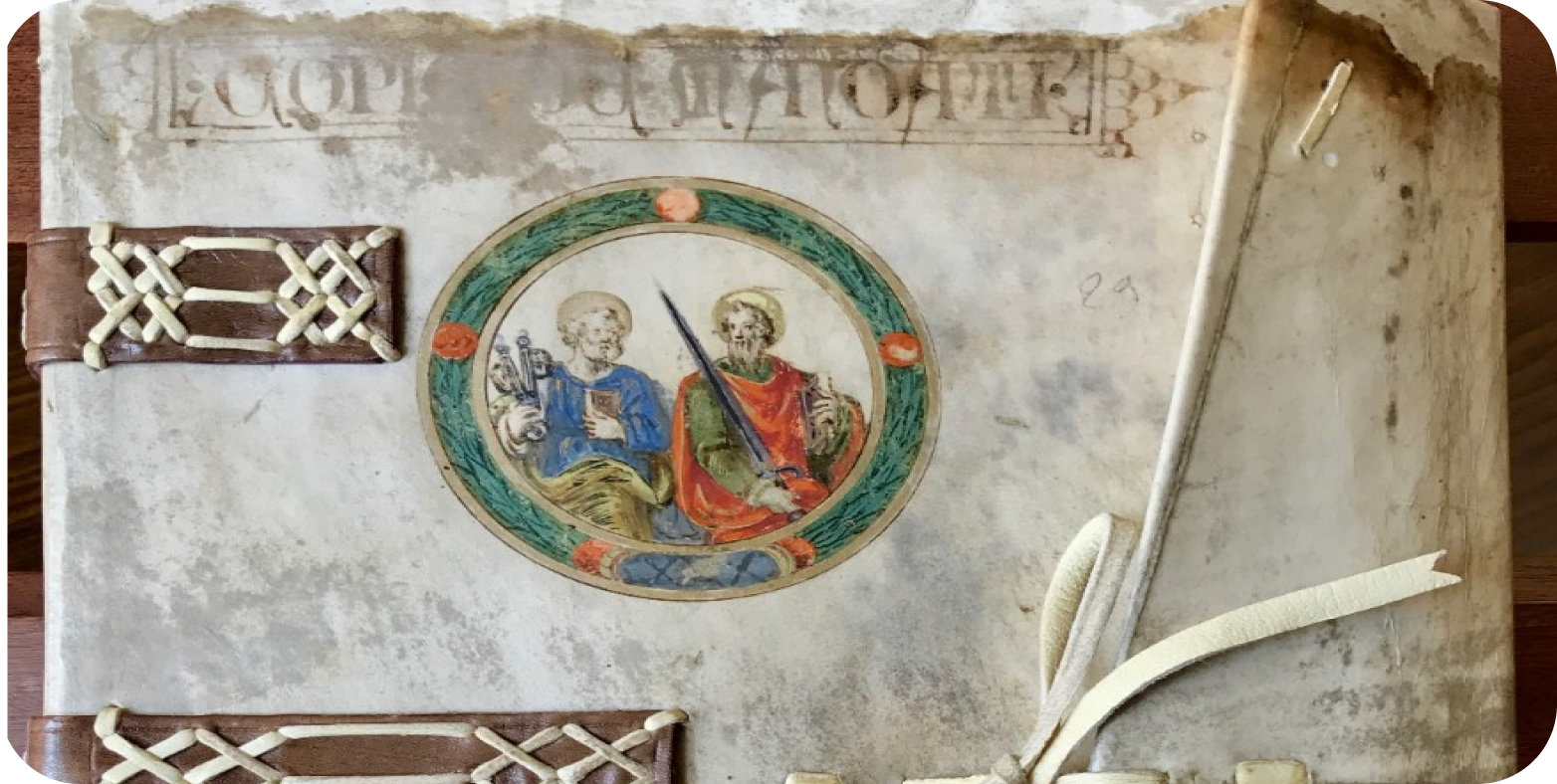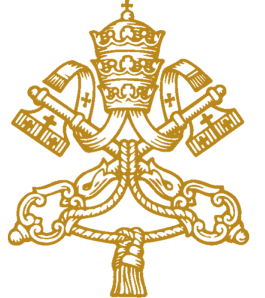In 1542, Paul III instituted a commission of six Cardinals with the task of watching over matters of faith (Papal Bull Licet ab initio, 21 July 1542). This Commission, known as the “Sacred Roman and Universal Inquisition,” was initially a tribunal exclusively for cases of heresy and schism.
Paul IV, beginning in 1555, significantly enlarged its area of activity by giving it also the responsibility for judging moral questions of various types.
In 1571, Pius V created the Congregation for the Reform of the Index of Forbidden Books. This task, originally entrusted to the Inquisition, was exercised by this new Dicastery for more than three centuries, until its suppression in 1917.
As part of the reform of the Roman Curia carried out by Sixtus V (Papal bull Immensa aeterni Dei, 22 January 1588), the responsibilities of the Inquisition were extended to everything relating directly or indirectly to faith and morals.



